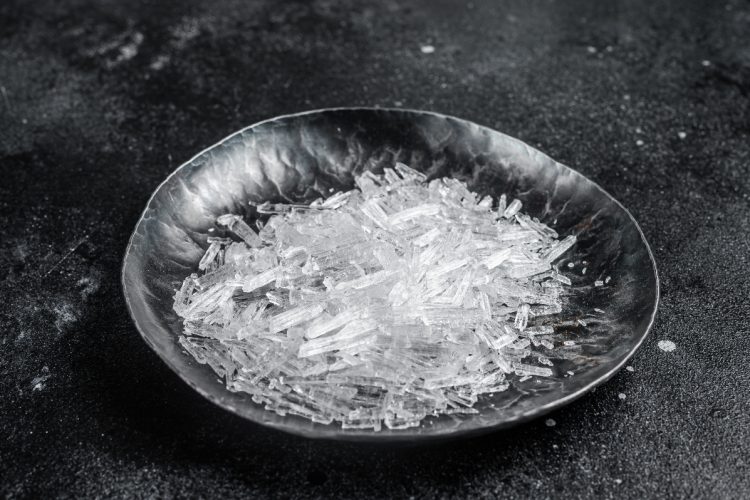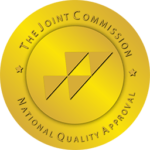Shake and bake meth, also known as one-pot meth, represents a modern dilemma in the ongoing battle against methamphetamine abuse. This method, although deceptively simple, encapsulates significant dangers that ripple through users, manufacturers, and the community at large. By understanding the intrinsic hazards associated with shake and bake meth, individuals and communities can better prepare and protect themselves from its devastating impacts.
What is Shake and Bake Meth?
Shake and bake meth is an expedited, DIY method of meth production that circumvents the need for elaborate lab setups. This technique involves mixing pseudoephedrine with common, yet hazardous, household chemicals inside a two-liter plastic bottle. Unlike traditional lab-based methods that require substantial equipment and produce large quantities, shake and bake can be done in a more confined space with significantly reduced setup, making it dangerously accessible to a broader audience.
The Risks of Manufacturing Shake and Bake Meth
Manufacturing shake and bake meth is fraught with immediate physical dangers. The chemical reactions involved are highly volatile, often leading to fires or explosions with little to no warning. These incidents not only pose a severe risk to the individuals involved but also to emergency responders and the community. Environmental degradation is another critical concern, as the disposal of the leftover chemical mixture can lead to significant contamination of local land and waterways, posing long-term ecological risks.
Health Implications of Shake and Bake Meth
The health risks associated with shake and bake meth are both acute and chronic. In the short term, users may experience severe respiratory issues, chemical burns, and poisoning from the noxious fumes emitted during the cooking process. Long-term exposure can lead to more severe conditions, including neurological damage, cardiovascular problems, and chronic respiratory diseases. The impurity of the product further exacerbates these health risks, as the lack of quality control can lead to inconsistent and dangerous potency levels.
Psychological Effects
The psychological ramifications of shake and bake meth are profound. The drug’s potent effects on the brain’s dopamine system can lead to severe addiction, marked by compulsive drug-seeking behaviors despite adverse consequences. This addiction can trigger a host of psychological issues, including paranoia, anxiety, and depression, significantly impacting the user’s quality of life and their ability to function socially and professionally.
Treatment and Recovery
Recovering from shake and bake meth addiction requires a multi-faceted approach. Detoxification is the first step, often necessitating medical intervention to manage withdrawal symptoms safely. Following detox, comprehensive rehabilitation programs that offer counseling, therapy, and support groups are crucial. These programs not only address the physical aspects of addiction but also the psychological triggers, helping individuals to rebuild their lives and prevent relapse.
Benefits of Meth Addiction Treatment
Meth addiction treatment offers numerous benefits that extend beyond the individual, positively affecting families and communities as well. Here are several key advantages of undergoing treatment for methamphetamine addiction:
- Improved Physical Health: Treatment begins with detoxification, which helps remove the drug from the body under medical supervision. This process reduces the immediate physical dangers associated with meth use, such as the risk of overdose and the long-term health effects like cardiovascular and neurological damage. As the body clears the drug, patients often experience improvements in physical health, including better sleep patterns, improved appetite, and stabilization of heart rate and blood pressure.
- Enhanced Mental Health: Methamphetamine has severe repercussions on an individual’s mental health, often exacerbating or leading to disorders such as anxiety, depression, and psychosis. Treatment programs typically include psychological counseling and therapy that address these underlying issues. Through cognitive behavioral therapy (CBT) and other modalities, patients learn coping strategies to manage stress, regulate emotions, and improve their mental health.
- Restored Relationships: Meth addiction can strain or destroy personal relationships. Treatment programs often offer family therapy sessions, which help to mend relationships damaged by addiction. These sessions educate family members about addiction, help them develop healthier communication skills, and rebuild trust. The recovery process can often strengthen bonds with family members and friends, providing a solid support system for the individual’s life post-treatment.
- Increased Productivity and Stability: Addiction often leads to a decline in productivity, affecting an individual’s ability to maintain employment and meet personal obligations. Treatment helps individuals regain focus and stability, often involving vocational training and education. This can lead to improved employment opportunities, financial stability, and a more structured daily life, which are crucial for long-term recovery.
- Reduced Risk of Legal Issues: Meth use is associated with legal problems, including arrests for possession, manufacture, or use of the drug. Successfully completing a treatment program can reduce the likelihood of future legal issues related to drug use. In some cases, courts offer treatment options as an alternative to incarceration, recognizing the benefits of rehabilitation over punitive measures.
- Enhanced Self-Esteem and Well-being: Overcoming addiction is a significant achievement that can profoundly impact an individual’s self-esteem and overall sense of well-being. Treatment programs help individuals recognize their strengths and develop self-respect as they make positive changes in their lives. This renewed self-confidence can motivate continued growth and development.
- Long-term Recovery Support: Many treatment programs provide ongoing support after the initial treatment phase. This might include follow-up sessions, support groups, and access to community resources to help maintain sobriety. The focus on long-term support helps prevent relapse, which is particularly important given the high potential for relapse with meth addiction.
Overcome Meth Addiction at True Self Recovery
The dangers of shake and bake meth are severe and multifaceted, affecting individuals, families, and communities. Awareness, education, and robust treatment and prevention strategies are vital to combat the spread of this dangerous drug and to support those affected by its grip.
If you or a loved one are struggling with meth addiction or another form of drug abuse, get in touch with True Self Recovery. Our addiction treatment facility is dedicated to helping individuals overcome the challenges of substance use disorder in a safe and encouraging environment.
FAQs
What is shake and bake meth?
It’s a simplified, dangerous method of producing methamphetamine using basic household ingredients and minimal equipment.
How is shake and bake meth made?
Ingredients such as pseudoephedrine are mixed with volatile chemicals in a container, causing a reaction that produces methamphetamine.
What are the immediate dangers of using shake and bake meth?
Immediate dangers include explosions during production, toxic exposures, and severe health consequences from impurities.
Can addiction to shake and bake meth be treated?
Yes, with comprehensive detoxification and rehabilitation programs that address both the physical and psychological facets of addiction.
What is the difference between shake and bake meth and traditional meth?
Shake and bake meth and traditional meth refer to the same drug, methamphetamine, but they differ mainly in their production methods and the resulting product’s purity.
- Production Method:
- Shake and Bake Meth: Uses a simple, one-container method suitable for small-scale production, typically involving over-the-counter ingredients and basic equipment like a plastic bottle.
- Traditional Meth: Involves a more complex chemical process in a lab setting, using specialized equipment and controlled conditions.
- Purity and Potency:
- Shake and Bake Meth: Often has variable purity and potency due to the rudimentary production process, making it potentially more dangerous due to impurities.
- Traditional Meth: Typically results in a purer and more potent product, as the controlled environment allows for more consistent chemical reactions.
- Risks and Hazards:
- Shake and Bake Meth: High risk of explosions and contamination due to unstable production conditions.
- Traditional Meth: Risks are primarily related to chemical handling and disposal, with fewer chances of explosive accidents.
Overall, while both methods produce methamphetamine, shake and bake meth is riskier and less consistent due to its simplified production technique.



